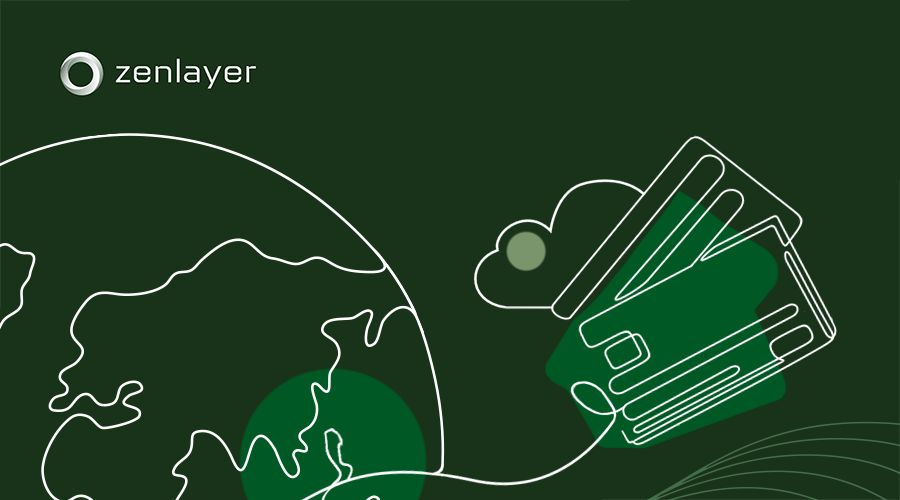> IP Transit
Connect to your users faster on our 100+ Tbps network
Easily provision dedicated connections to the world’s top clouds for improved latency, security, and reliability.
Premium global network optimized for low latency.
Access points available in 50+ countries.
High availability and high performance
- Guaranteed reliability
- Redundant network topology
- Redundant networking hardware
- Multiple transit providers at each location
- Best blend of local ISPs
- Proprietary blend of top ISPs in each region improves network performance
- Connections to premium ISPs such as Telefonica, Etisalat, Telkom Indonesia, and more
- Real-time traffic engineering
- 550+ network monitoring points with automated alerts
- Dynamic routing ensures traffic travels on the best-performing path
- Extensive peering
- Reduced network hops and latency
- Expanded traffic paths for more resiliency
- Lower transit costs passed onto our customers
ZEGO improves interactive experience for global users
“By working with Zenlayer, we were able to quickly enter new markets while saving operating costs. Thank you for providing us with a stable and high-quality network worldwide.”
Rui Zhao, DevOps Manager, ZEGO
Global service, local support
24/7 live technical support included
< 15 minute
response time
95% of tickets are
resolved in < 4 hours
Additional resources

Regional U.S. healthcare administrator modernizes operations
See how this Hawaii-based healthcare provider leveraged Zenlayer’s network and services to modernize infrastructure and overcome geographic challenges. They now have resilient, low-latency links to AWS US West and Salesforce via a single service order.
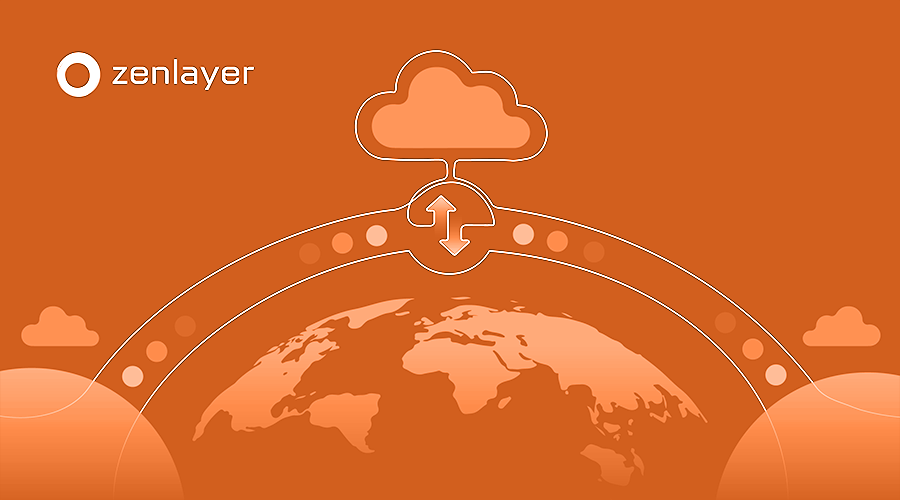
Fortune 500 industrial tech services leader transforms cross-border networking
This tech service provider overcame persistent latency bottlenecks to transform cross-border operations, accelerating development cycles and tightening collaboration between manufacturing sites and cloud environments. See how they achieved this with Zenlayer's high-performance compute and global backbone.
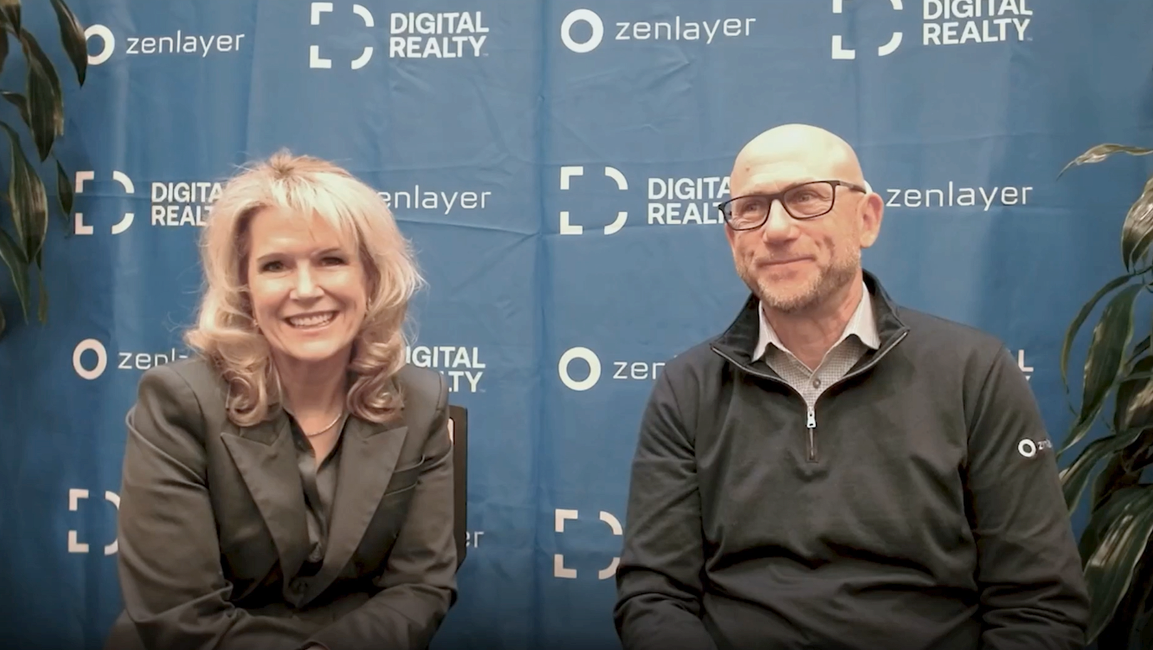
Scaling enterprise and AI workloads efficiently: How Zenlayer and Digital Realty simplify global deployment
On April 3, 2025, our EVP of Business Growth Americas & EMEA, Craig “Kap” Kaplan, along with Jules Johnston, SVP of Global Channels at Digital Realty, co-hosted an executive webinar focused on how our two companies are helping global businesses meet these challenges head-on — and why speed, flexibility, and partnership matter more than ever.
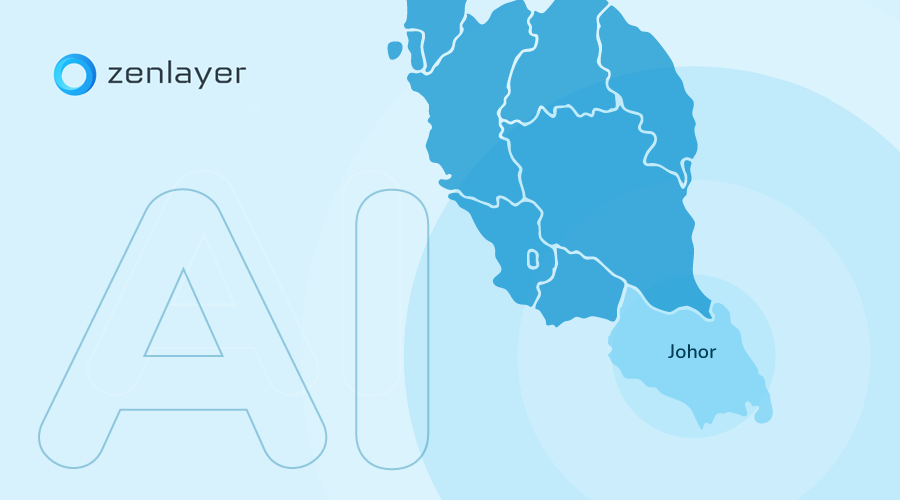
Johor’s data center boom – how enterprises can leverage the Johor-Singapore SEZ for global expansion
Johor is quickly becoming Southeast Asia’s next data center powerhouse, attracting major AI investments with its strategic location, lower costs, and supportive policies. See how Zenlayer enables AI companies to deploy faster with integrated compute, connectivity, and edge services across the region.
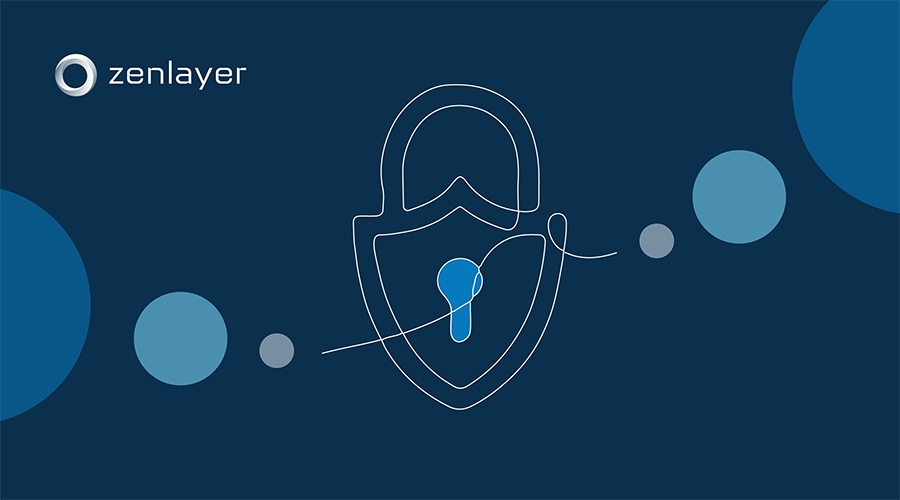
Enterprise security services leader consolidates global infrastructure management
See how this global leader in enterprise security worked with Zenlayer to swiftly and successfully upgrade their server infrastructure, streamline global operations, and enhance network performance while ensuring compliance and reducing operational complexity.

World-leading AgTech firm boosts research and collaboration efficiency
A leading AgTech firm leveraged Zenlayer’s global infrastructure to streamline its enterprise network and accelerate innovation in developing disaster-resistant crops towards global food security.
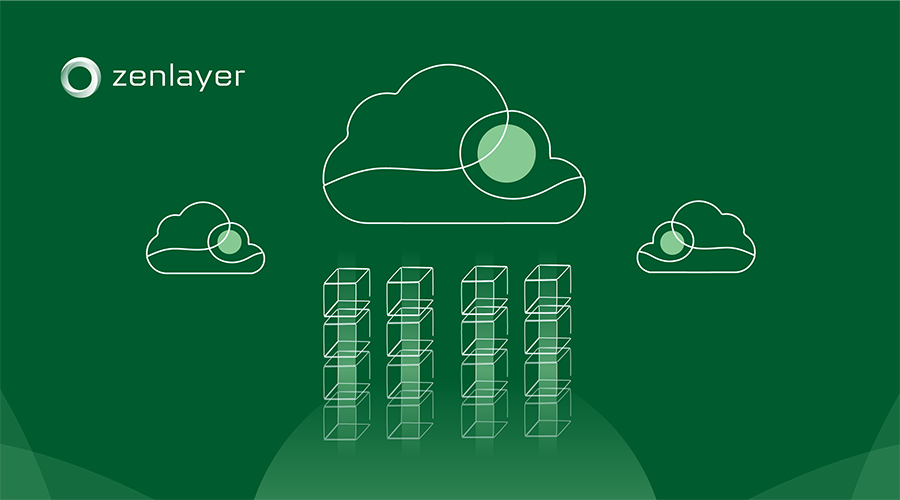
What’s cloud repatriation really all about?
Migrating workloads out of the cloud and back to bare metal is a bona fide trend. But is it more than just an interim step to the fully hybrid future?
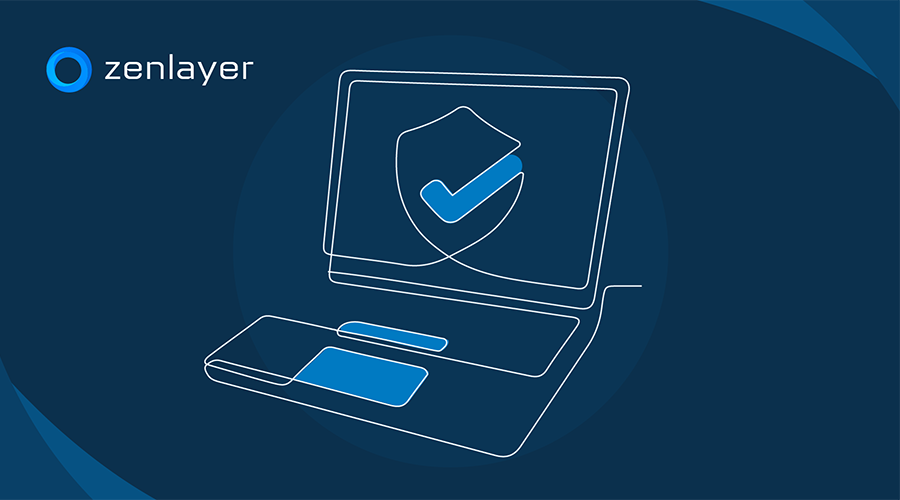
Global SaaS cybersecurity pioneer expands with Zenlayer
Facing connectivity challenges in Middle East markets, a leading cybersecurity provider used Zenlayer Bare Metal and IP Transit to accelerate expansion while maintaining industry compliance.
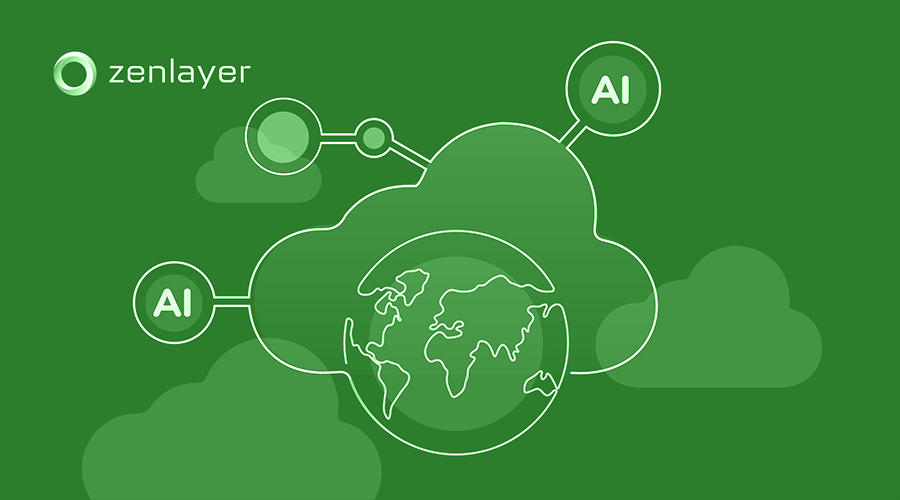
Why the future of AI inferencing is at the edge
As AI assumes a greater role in the IT world, many organizations have discovered that the same cloud strategies that once drove innovation can just as easily hold it back. See why hybrid approaches that incorporate cloud and edge computing are growing in popularity.
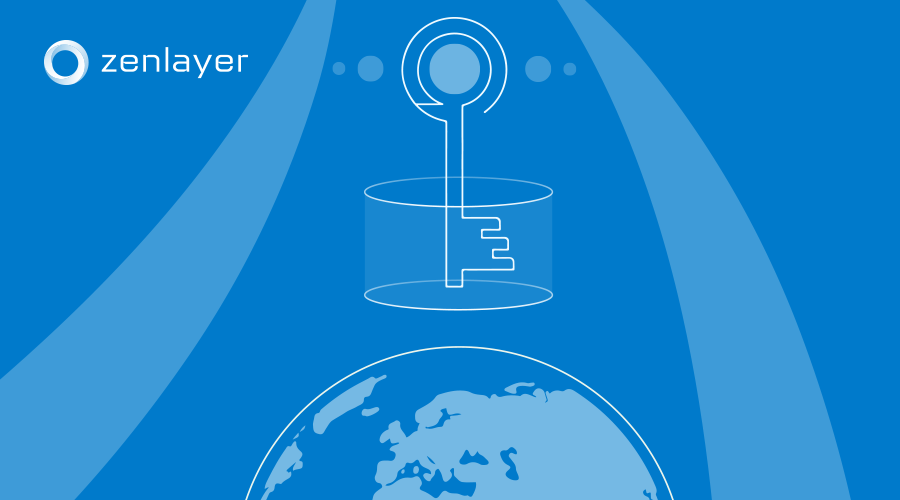
Why a robust network fabric is critical for AI workloads
Making the move into AI has big implications for any IT infrastructure, including your enterprise network. Here’s a look at the challenges AI poses to networks and what to do about it.
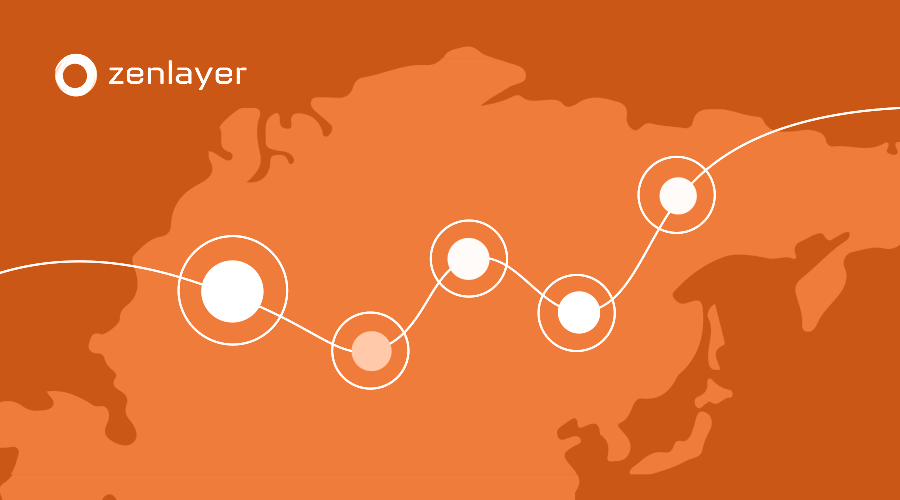
Leading heat-exchange manufacturer migrates cross-border ERP server in under 7 days
With Zenlayer's hyperconnected global backbone and end-to-end data center services, this industry-leading manufacturer exceeded expectations by completing their ERP server migration ahead of schedule.
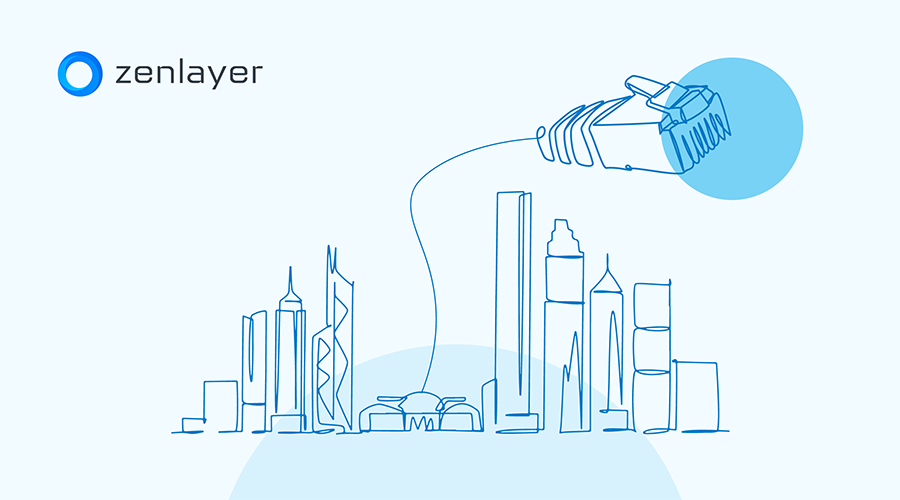
Tap into Hong Kong’s potential with Zenlayer & Equinix’s enterprise infrastructure solutions
Hong Kong’s strategic location and strong connectivity make it an ideal destination for enterprise expansion. Discover how Zenlayer and Equinix can help streamline your expansion and optimize cross-border operations for success in Hong Kong, across Asia, and beyond.
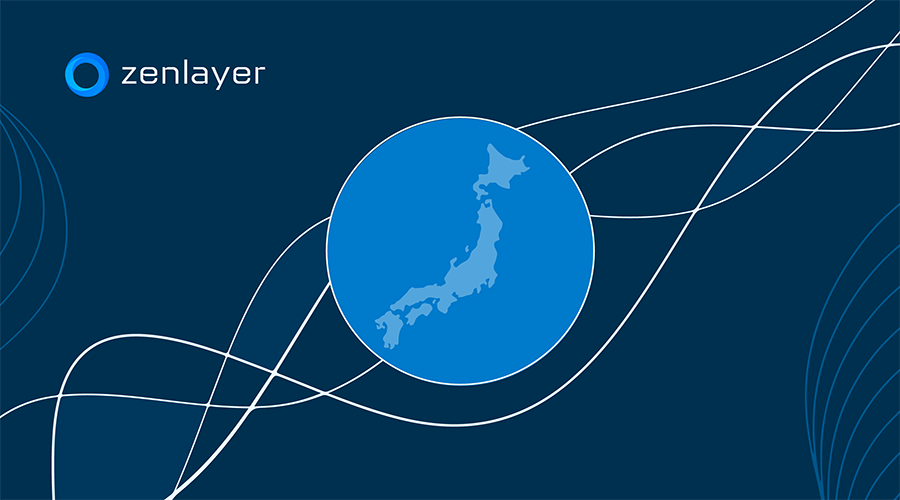
Japan is the next big AI hub – here’s how AI companies can overcome its unique infrastructure challenges
Japan is emerging as a major AI hub with a strong ICT industry and government support for AI initiatives. Here's how Zenlayer can help you overcome geological risks, high connectivity costs, and skilled talent shortage to smoothly expand your AI operations.
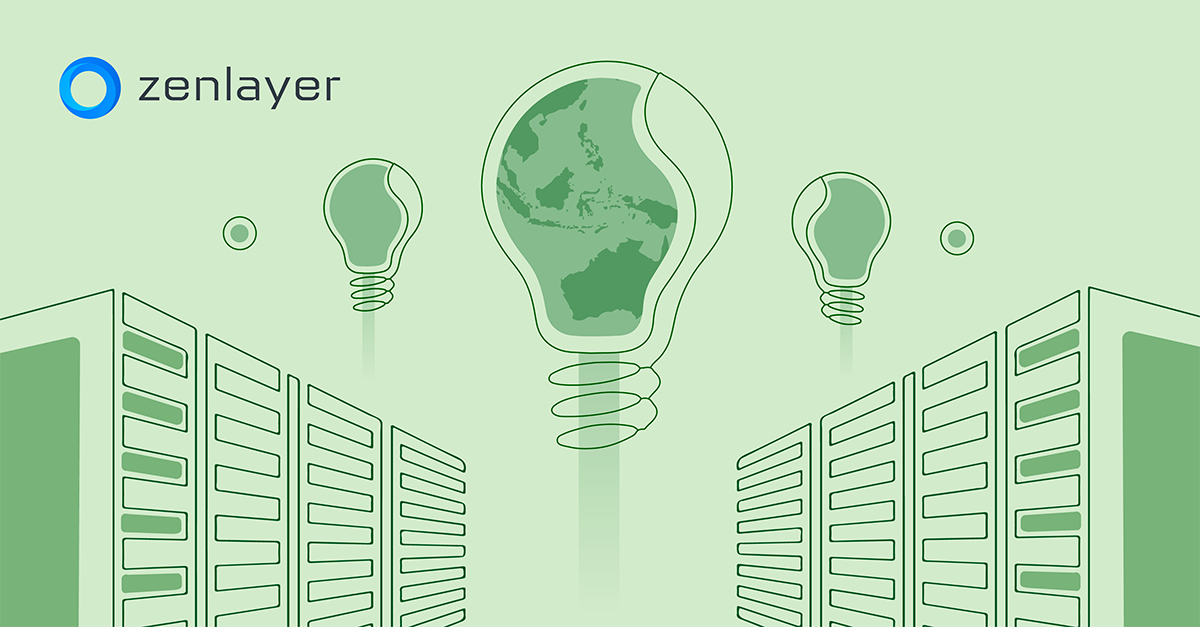
AI giants are flocking to Indonesia—here’s how our digital infrastructure solutions can help you get there
As AI leaders like Microsoft and NVIDIA pour major investments into Indonesia’s rapidly evolving AI landscape, see how our solutions can help you seize emerging opportunities and expand your presence in this lucrative market.
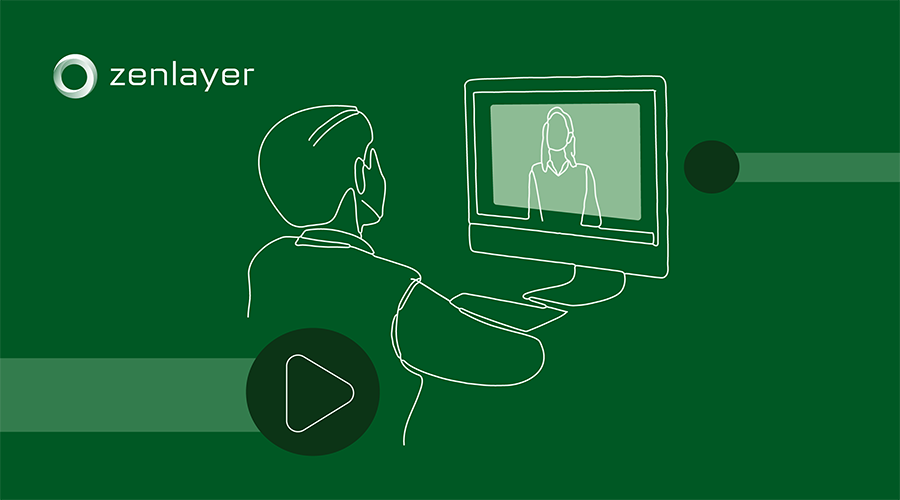
Industry-leading RTC service provider expands around the world with Zenlayer
See how one of the world's biggest real-time communications (RTC) service providers used Zenlayer to quickly deploy in difficult-to-reach markets and interconnect 20+ locations across Latin America, North America, Asia, Europe, and the Middle East.

AI startup enhances training, inferencing, and service delivery leveraging Zenlayer’s global backbone
See how this AI large-language model (LLM) startup with a booming user base addressed soaring demand and easily interconnected global AI clusters via Zenlayer’s AI solutions.
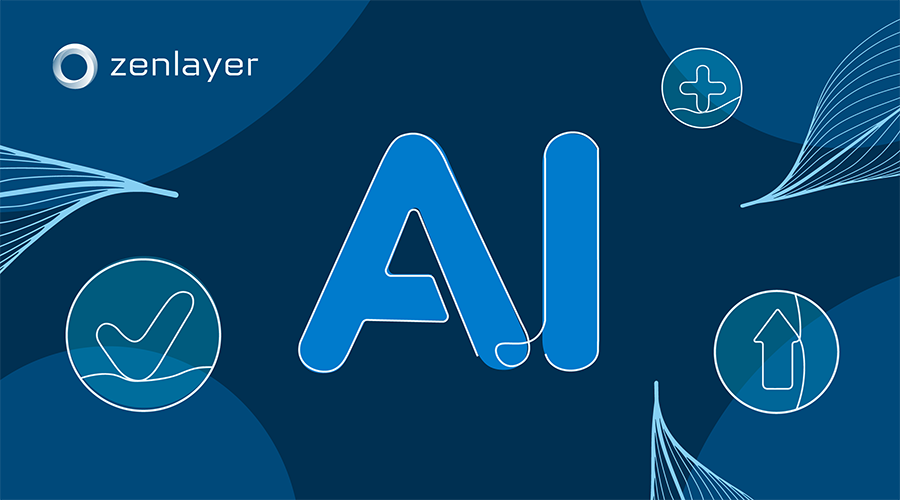
Why AI companies are turning to Zenlayer for enhanced performance and unmatched connectivity
Learn about the top infrastructural challenges AI companies face today, and how Zenlayer's integrated AI solutions can help your AI business overcome them to stay ahead of the curve.
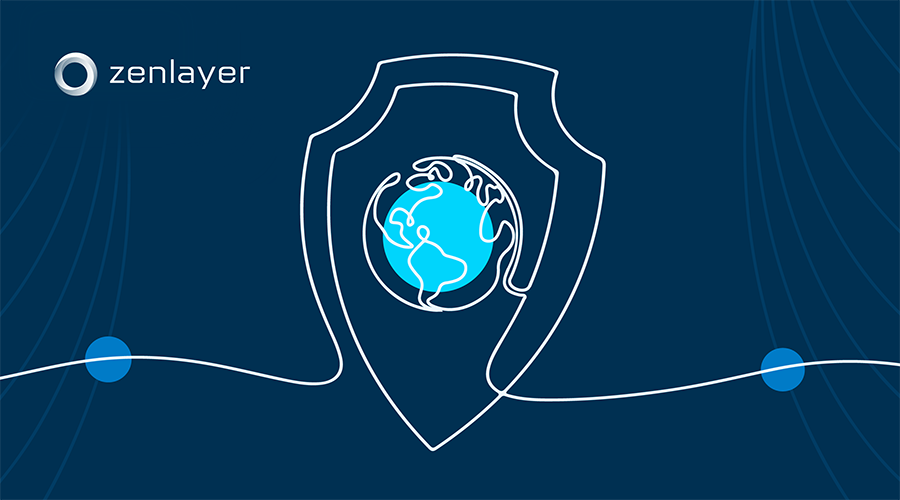
Leading security services provider builds high-performance Asia-Pacific network
A world-leading security services provider used Zenlayer to expand into China to enhance their services and securely interconnect 14 locations across 7 countries.
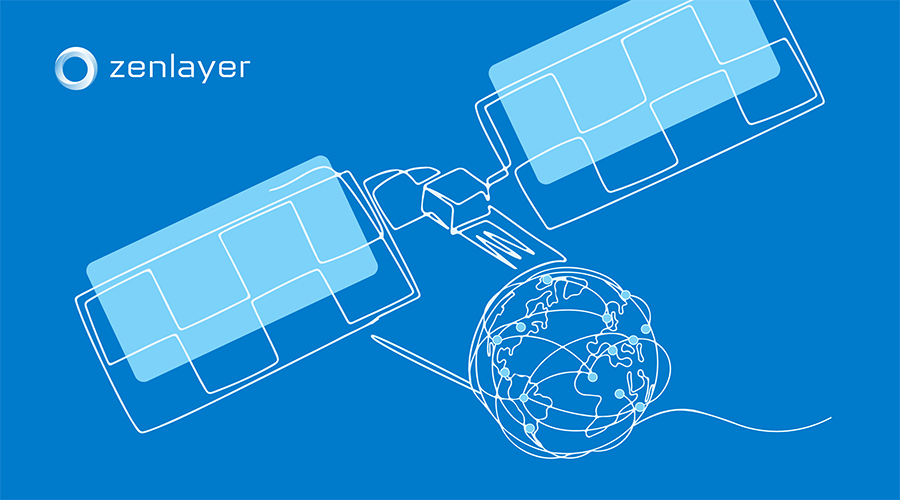
Networking and IT behemoth accelerates expansion into Saudi Arabia
A world leader in networking and IT services overcame complex regulatory and logistical hurdles using Zenlayer's rapid deployment and economy of scale to establish robust site-to-site connectivity
